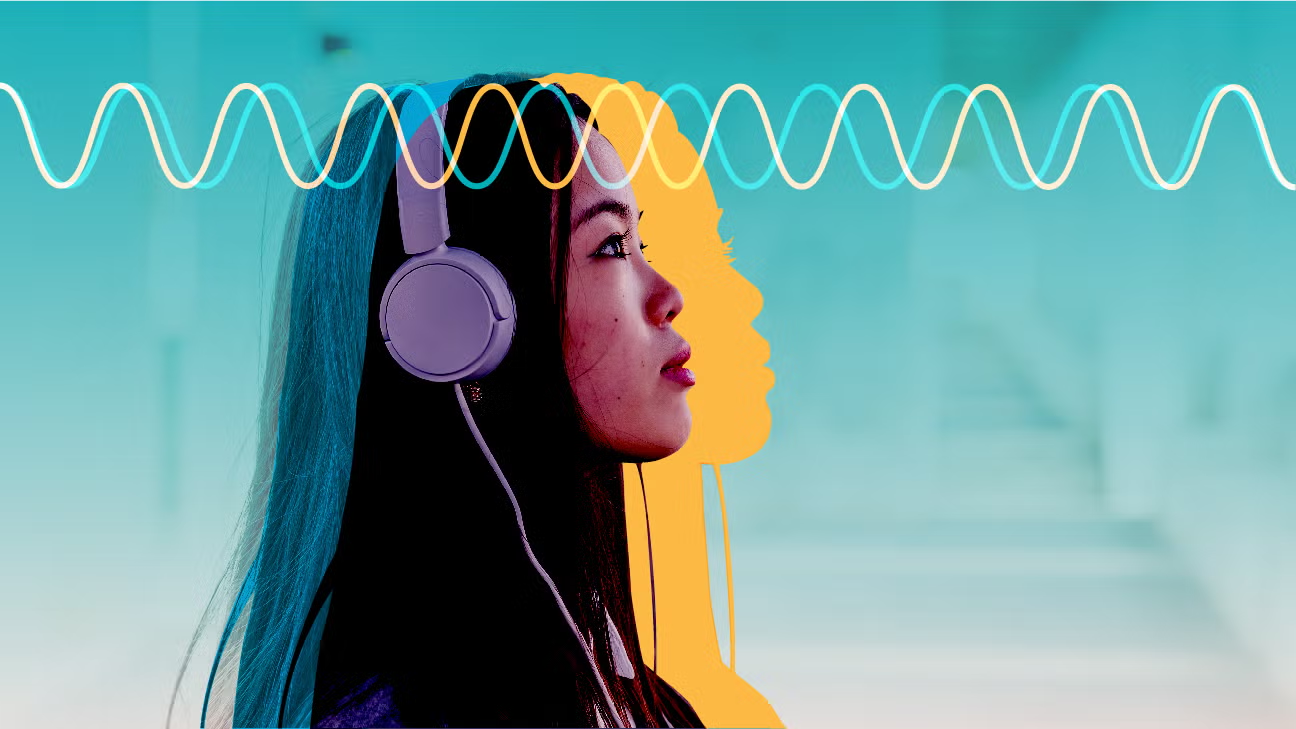Binaural beats are an intriguing auditory phenomenon where the brain perceives a “third tone” when slightly different frequencies are played separately into each ear via headphones. This mental pinpoint effect stems from the brain’s natural response, entraining its electrical activity to match the beat frequency—a process known as the frequency-following response. ([turn0search0], [turn0search6])
Preliminary research suggests that binaural beats may influence cognitive and emotional states by syncing brainwaves. Lower frequencies like delta (1–4 Hz) and theta (4–8 Hz) are linked to relaxation, sleep and creativity, while alpha (8–14 Hz) and beta (14–30 Hz) promote calm focus and analytical thinking. Studies have reported benefits such as reduced anxiety, improved mood, enhanced attention, and even better memory retention. However, empirical support remains mixed; some well-controlled studies found diminished cognitive performance in real-world settings. ([turn0search0], [turn0search3], [turn0search2], [turn0search14], [turn0search11])
Although not a replacement for professional health strategies, binaural beats offer a low-risk, accessible way to experiment with mind-state regulation. To explore them safely: use headphones, test different frequency ranges (e.g., theta for creative flow or beta for focus), and limit session duration to 10–30 minutes. Pay attention to your personal response—while some users report enhanced relaxation or productivity, others may experience minimal impact or slight discomfort. When in doubt, consult a healthcare professional. ([turn0search0], [turn0search3], [turn0search11])







